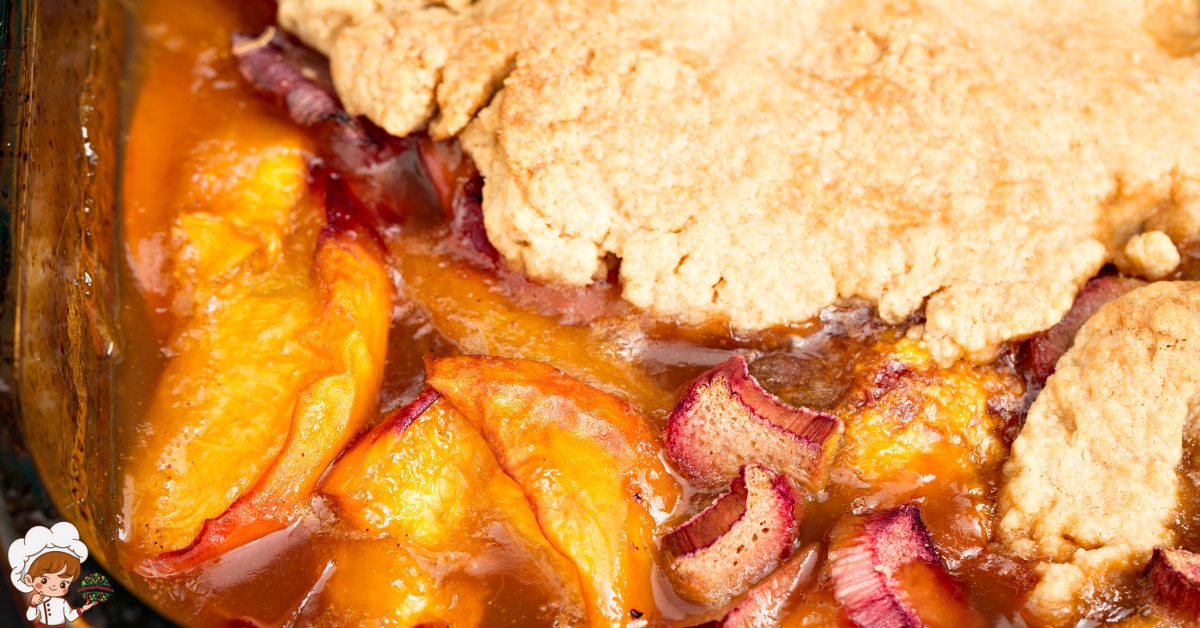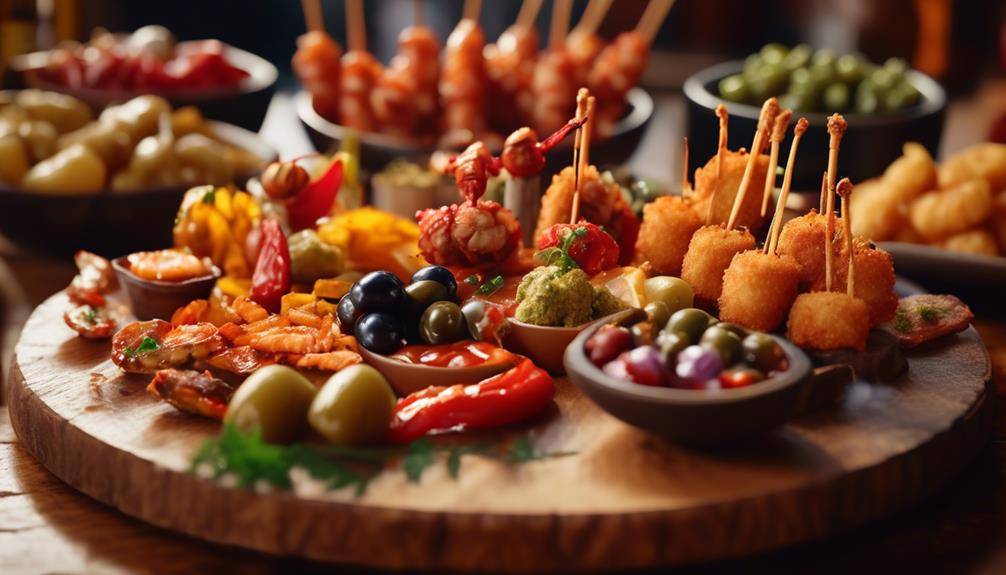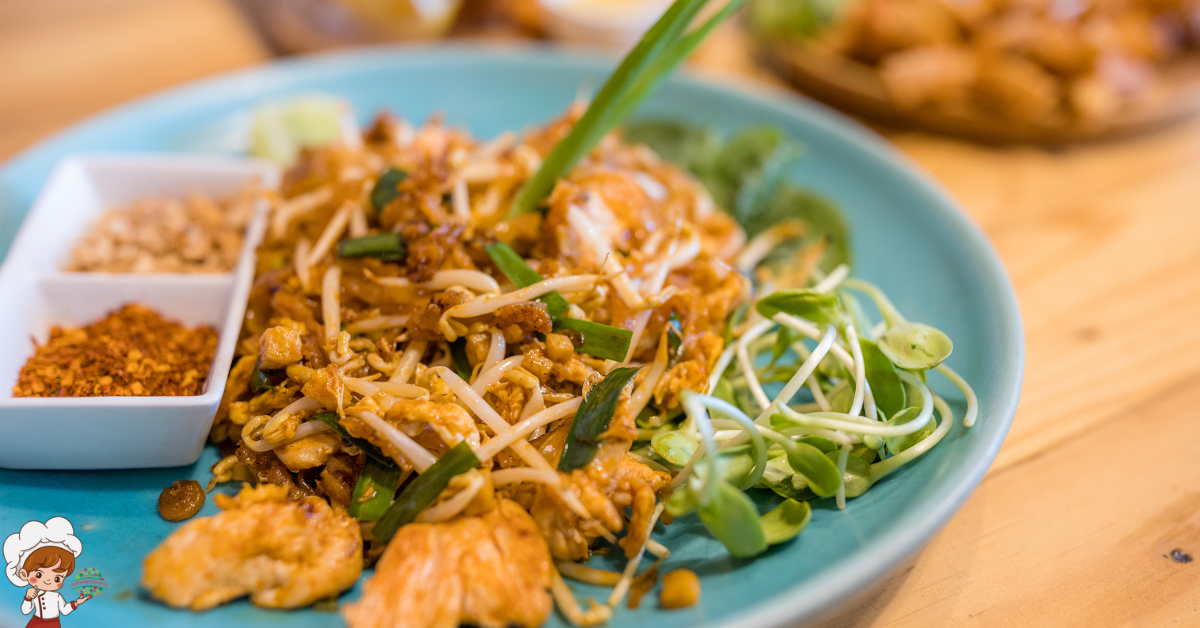Amazing Flavorful Southern Fried Chicken

Southern Fried Chicken holds a special place in the hearts and palates of many, not just in the southern United States but around the world. This iconic dish, with its crispy golden exterior and juicy, flavorful meat, has a rich history and a cultural significance that transcends borders. Let’s delve into the fascinating story behind the origins of southern fried chicken.
Origins in African Cuisine:
Southern fried chicken’s journey begins with its roots deeply embedded in West African culinary traditions. Across various regions of West Africa, poultry such as chicken and guinea fowl were commonly raised and cooked using a variety of methods, including frying.
In West African cuisine, frying was a prevalent cooking technique, utilized not only for its ability to impart rich flavors but also for its practicality. Frying allowed for the preservation of meat and intensified its taste, making it an ideal method for cooking poultry in regions where refrigeration was limited.
A key aspect of West African cooking was the use of spices and seasonings to enhance the flavor of dishes. In the case of fried chicken, a variety of herbs, spices, and aromatic ingredients were employed to create vibrant and complex flavors.
These West African culinary traditions were brought to the Americas through the transatlantic slave trade, where they intersected with European and indigenous influences to shape the diverse foodways of the southern United States. While the exact methods and seasonings used for frying chicken evolved over time, the foundational principles of deep-frying and seasoning with herbs and spices remained rooted in West African heritage.
Influence of Scottish Colonists:
The Scottish colonists who settled in the southern United States during the 18th and 19th centuries brought with them culinary traditions that would significantly influence the development of southern fried chicken.
One notable contribution from Scottish immigrants was their expertise in deep-frying techniques. In Scotland, frying food was a common practice due to the abundance of fat from domestic animals like sheep and cattle. Scottish immigrants applied their frying skills to various foods, including poultry, which they cooked in large cast-iron pots over open fires.
The Scottish method of frying chicken differed from traditional West African methods in several ways. Instead of simply seasoning the chicken with herbs and spices, Scottish immigrants introduced the concept of dredging the chicken in flour before frying. This flour coating served multiple purposes: it helped seal in the chicken’s juices, created a crispy exterior, and added an extra layer of flavor.
Additionally, Scottish settlers brought their preference for using lard or animal fat as the frying medium, as opposed to the palm oil or groundnut oil commonly used in West African cooking. The use of lard imparted a distinctive richness and depth of flavor to the fried chicken, further distinguishing it from its West African counterparts.
Over time, the culinary practices of Scottish colonists merged with those of other cultural groups in the southern United States, resulting in the evolution of southern fried chicken into the beloved dish it is today. The combination of West African frying techniques, Scottish flour dredging method, and indigenous ingredients created a uniquely Southern culinary tradition that continues to be cherished and celebrated.
Evolution in the Southern United States:
The evolution of southern fried chicken in the United States is a story of culinary innovation, cultural exchange, and regional adaptation. Rooted in the traditions of African and Scottish cuisines, this beloved dish has undergone significant transformations over the centuries, reflecting the diverse influences that have shaped Southern cooking.
The origins of southern fried chicken can be traced back to the antebellum South, where enslaved Africans brought their culinary techniques and flavor profiles to the American South. Drawing from their traditional cooking methods, which often involved marinating meats in spices and frying them in oil, African cooks introduced the concept of seasoning and frying chicken to Southern plantation kitchens.
In parallel, Scottish immigrants who settled in the Southern United States also contributed to the development of fried chicken. Bringing their own culinary traditions, including the technique of deep-frying poultry, Scottish colonists added their own unique twist to the dish, further enriching its flavor and texture.
Throughout the 19th and early 20th centuries, fried chicken remained a staple of Southern cuisine, enjoyed primarily in domestic settings and rural communities. However, it was during the post-Civil War era and the rise of Jim Crow segregation that fried chicken began to take on a broader cultural significance.
As African American cooks migrated to urban centers and established their own restaurants and eateries, fried chicken became a symbol of resilience, community, and cultural pride. These establishments, known as “fried chicken joints,” served as gathering places where African Americans could enjoy hearty, flavorful meals amidst the challenges of segregation and discrimination.
In the mid-20th century, the popularity of southern fried chicken soared with the advent of fast-food chains and commercialization. Companies like Kentucky Fried Chicken (KFC) capitalized on the widespread appeal of fried chicken, introducing mass-produced versions of the dish to a broader audience and standardizing its preparation and presentation.
Today, southern fried chicken remains a quintessential American comfort food, cherished for its crispy exterior, juicy interior, and bold flavors. While the basic recipe – typically involving chicken pieces coated in seasoned flour and deep-fried until golden brown – remains unchanged, chefs and home cooks continue to innovate, experimenting with different spices, coatings, and cooking techniques to put their own spin on this timeless classic.
From traditional Sunday suppers in rural kitchens to trendy urban eateries serving gourmet interpretations, southern fried chicken continues to evolve, adapt, and delight diners across the Southern United States and beyond. Its enduring popularity serves as a testament to its place in the pantheon of American culinary icons.
Cultural Significance:
Southern fried chicken holds a profound cultural significance in the culinary landscape of the southern United States. Beyond its delicious taste and crispy texture, this iconic dish is deeply intertwined with the region’s history, traditions, and social gatherings.
First and foremost, southern fried chicken is emblematic of hospitality and community. Throughout the South, preparing and sharing a meal of fried chicken is a time-honored way of bringing people together. Whether enjoyed at family reunions, church picnics, or backyard barbecues, fried chicken has a special knack for fostering warmth and camaraderie among friends and loved ones.
Moreover, fried chicken plays a significant role in Southern foodways, which encompass the traditions, customs, and rituals surrounding food in the region. From the antebellum era to the present day, fried chicken has been a staple of Southern cuisine, transcending social, economic, and racial divides. It is equally beloved by people of all backgrounds, from rural farm families to urban dwellers, making it a unifying symbol of Southern identity.
Southern fried chicken also carries historical connotations, reflecting the complex legacy of the American South. For many African Americans, fried chicken has both positive and negative associations. On one hand, it represents culinary ingenuity and resilience, as enslaved Africans and their descendants transformed humble ingredients into delectable dishes despite oppressive conditions. On the other hand, fried chicken has been subjected to harmful stereotypes and caricatures, perpetuated through racist imagery and narratives.
Despite these challenges, fried chicken remains a source of pride and cultural expression for many African Americans, who have reclaimed and redefined its significance in contemporary contexts. Today, African American chefs and home cooks alike continue to honor and celebrate the tradition of frying chicken, infusing it with new flavors, techniques, and interpretations that reflect their diverse culinary heritage.
In sum, southern fried chicken is more than just a dish; it is a symbol of resilience, unity, and cultural pride in the American South. Its enduring popularity and cultural significance attest to the power of food to transcend boundaries and bring people together in shared celebration.
Iconic Status and Global Appeal:
Southern fried chicken’s journey from humble beginnings to worldwide recognition is a testament to its irresistible flavor and universal appeal. What began as a regional specialty in the Southern United States has evolved into a beloved culinary icon celebrated across continents.
The iconic status of southern fried chicken can be attributed to several factors, including its mouthwatering taste, crispy texture, and versatility. The irresistible combination of juicy, tender meat encased in a golden-brown, crunchy coating has captivated taste buds and inspired countless variations around the globe.
One of the key ingredients to the dish’s widespread popularity is its accessibility. With simple, readily available ingredients and straightforward cooking methods, fried chicken has become a staple in home kitchens, restaurants, and fast-food chains alike. Its affordability and ease of preparation have made it a go-to comfort food for people of all ages and backgrounds.
Moreover, the cultural phenomenon surrounding southern fried chicken has contributed to its global appeal. Through various channels such as movies, television shows, and social media, the image of a sizzling platter of golden fried chicken has become synonymous with indulgence, celebration, and good times. Its presence in popular culture has helped solidify its status as a culinary icon with mass appeal.
Beyond its cultural significance, southern fried chicken has also become a symbol of American cuisine on the world stage. As American food culture continues to influence global culinary trends, fried chicken has emerged as a standout ambassador, representing the rich diversity and innovation inherent in American cooking.
In recent years, southern fried chicken’s popularity has soared to new heights with the rise of food tourism and culinary exploration. Travelers seeking authentic food experiences flock to Southern destinations like Nashville, Tennessee, and Atlanta, Georgia, to savor the region’s signature dish firsthand. Additionally, international chefs and food enthusiasts have embraced southern fried chicken, incorporating it into their menus and putting their own unique spin on the classic recipe.
Overall, southern fried chicken’s iconic status and global appeal speak to its enduring legacy as a beloved comfort food with the power to unite people from all walks of life. Whether enjoyed at a backyard barbecue in Mississippi or a trendy gastropub in Tokyo, fried chicken continues to bring joy and satisfaction to countless diners around the world.

Southern Fried Chicken
Ingredients
- 1 whole chicken cut into pieces (legs, thighs, wings, breasts)
- 2 cups buttermilk
- 2 cups all-purpose flour
- 1 tablespoon salt
- 1 tablespoon black pepper
- 1 tablespoon paprika
- 1 teaspoon garlic powder
- 1 teaspoon onion powder
- Vegetable oil for frying
Instructions
- Marinate the Chicken:
- Place the chicken pieces in a large bowl and pour the buttermilk over them, ensuring they are fully submerged.
- Cover the bowl with plastic wrap and refrigerate for at least 4 hours, preferably overnight. The buttermilk helps tenderize the chicken and adds flavor.
- Prepare the Coating:
- In a shallow dish or bowl, combine the flour, salt, black pepper, paprika, garlic powder, and onion powder. Mix well to evenly distribute the seasonings.
- Coat the Chicken:
- Remove the marinated chicken pieces from the buttermilk, allowing any excess to drip off.
- Dredge each chicken piece in the seasoned flour mixture, making sure to coat it thoroughly on all sides. Shake off any excess flour.
- Heat the Oil:
- In a large, heavy-bottomed skillet or Dutch oven, heat vegetable oil to 350°F (175°C). There should be enough oil to fully submerge the chicken pieces.
- Fry the Chicken:
- Carefully place the coated chicken pieces in the hot oil, working in batches if necessary to avoid overcrowding the pan.
- Fry the chicken for about 15-20 minutes, turning occasionally, until golden brown and cooked through. The internal temperature of the chicken should register 165°F (75°C) on a meat thermometer.
- Drain and Serve:
- Once the chicken is cooked, use tongs to carefully transfer it to a wire rack set over a baking sheet or a plate lined with paper towels. This allows excess oil to drain off and helps keep the chicken crispy.
- Let the fried chicken rest for a few minutes before serving to allow the juices to redistribute.
- Serve hot, garnished with fresh herbs if desired, and enjoy your delicious Southern fried chicken!
Conclusion: Southern Fried Chicken
Southern fried chicken is more than just a dish – it’s a cultural institution with a rich and storied history. From its humble origins rooted in African and Scottish culinary traditions to its iconic status as a beloved comfort food, fried chicken holds a special place in the hearts and kitchens of people around the world. Whether enjoyed at a family dinner, a picnic in the park, or a fancy restaurant, southern fried chicken remains a timeless classic that continues to delight and bring people together.








